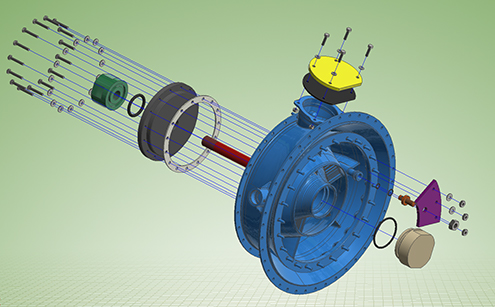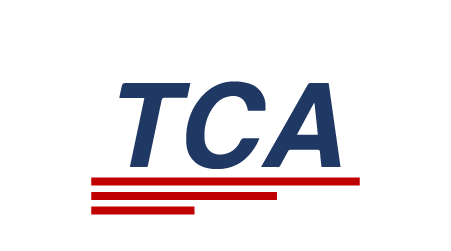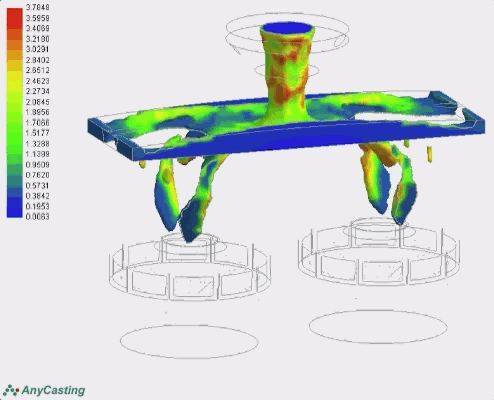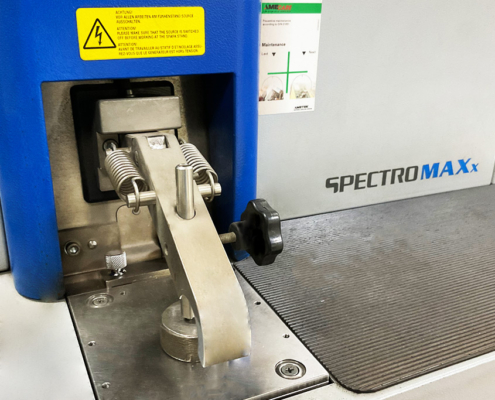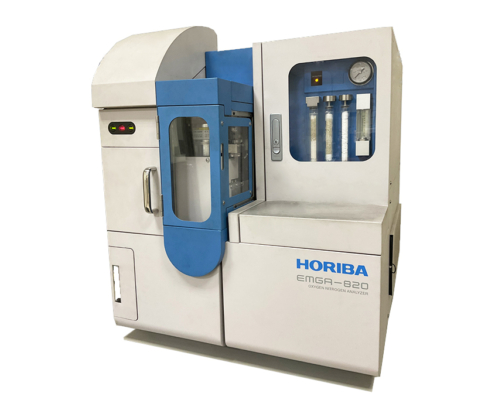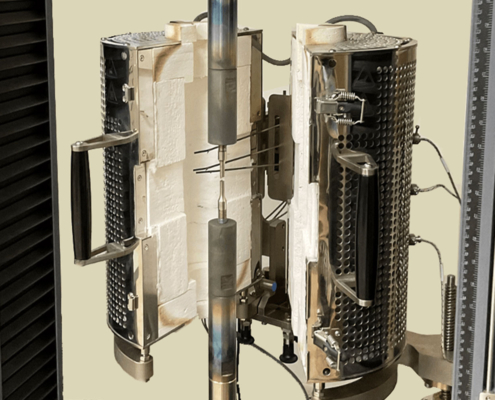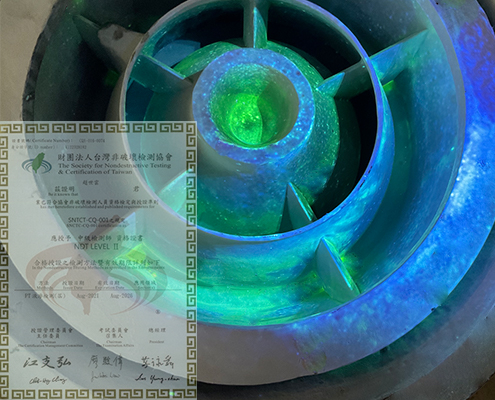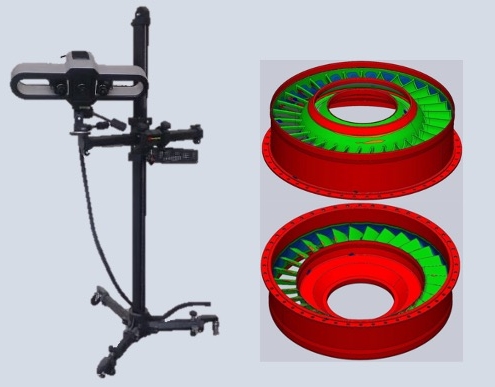Before putting into production, we will conduct pre-evaluation from various perspectives such as customer needs and manufacturing feasibility, and consider whether it is necessary to make modifications to the mechanical design based on the evaluation results. Our technical team can help customers transform intangible concept ideas into 3D models, parts, assemblies and more.
